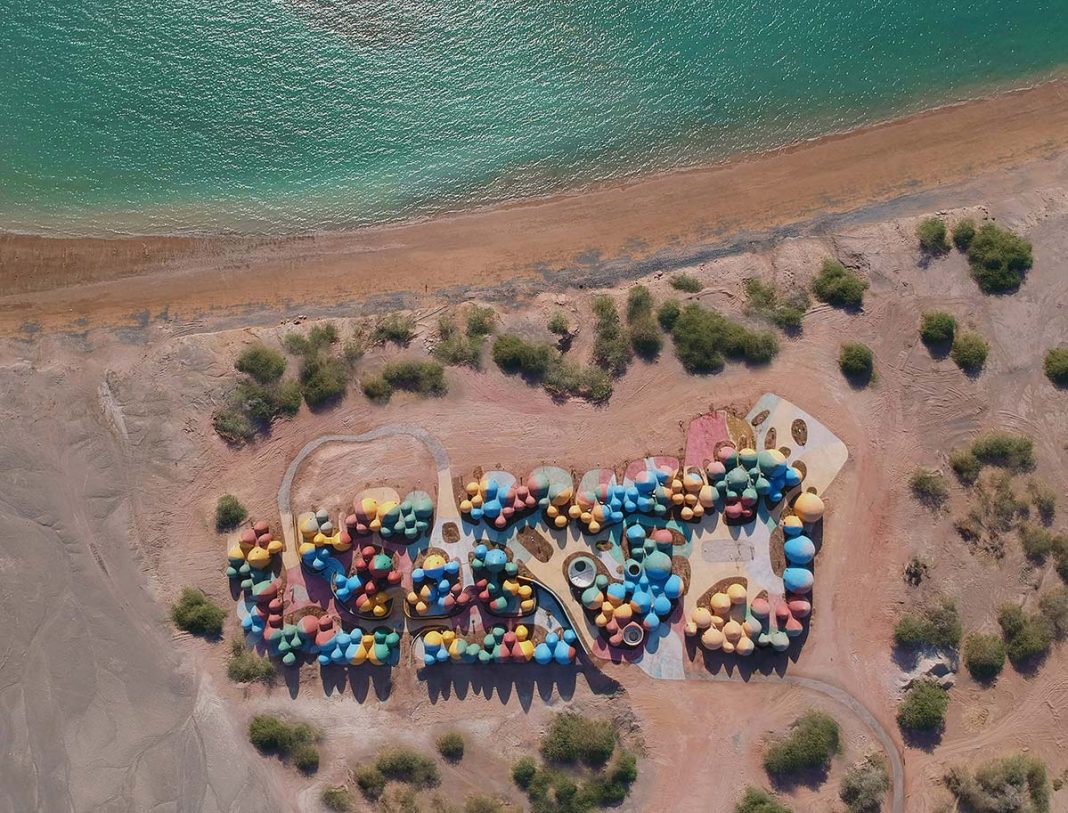DATA SHEET
Client: Ehsan Rasoulof
Owner: Ali Rezvani
Architectural design: ZAV Architects
Interior design: Taraneh Behboud, Mohsen Dehghan, Sara Jafari, Sara Nikkar
Lightings: Tajang Light
Photo credits: Payman Barkhordari, Soroush Majidi, Tahmineh Monzavi
Presence in Hormuz 02 is a political and social development initiative that aims to raise awareness and offer a real political and economic alternative to the local community of the island of Hormuz, and what is apparently the only profitable activity its inhabitants are involved in – petroleum smuggling. Strategically located between Iran and the Arabian peninsula, little Hormuz is a glorious, ancient port, well-situated for monitoring the movement of crude oil around the Middle East but also home to natural landscapes of a rare beauty with a singular, surreal appeal.
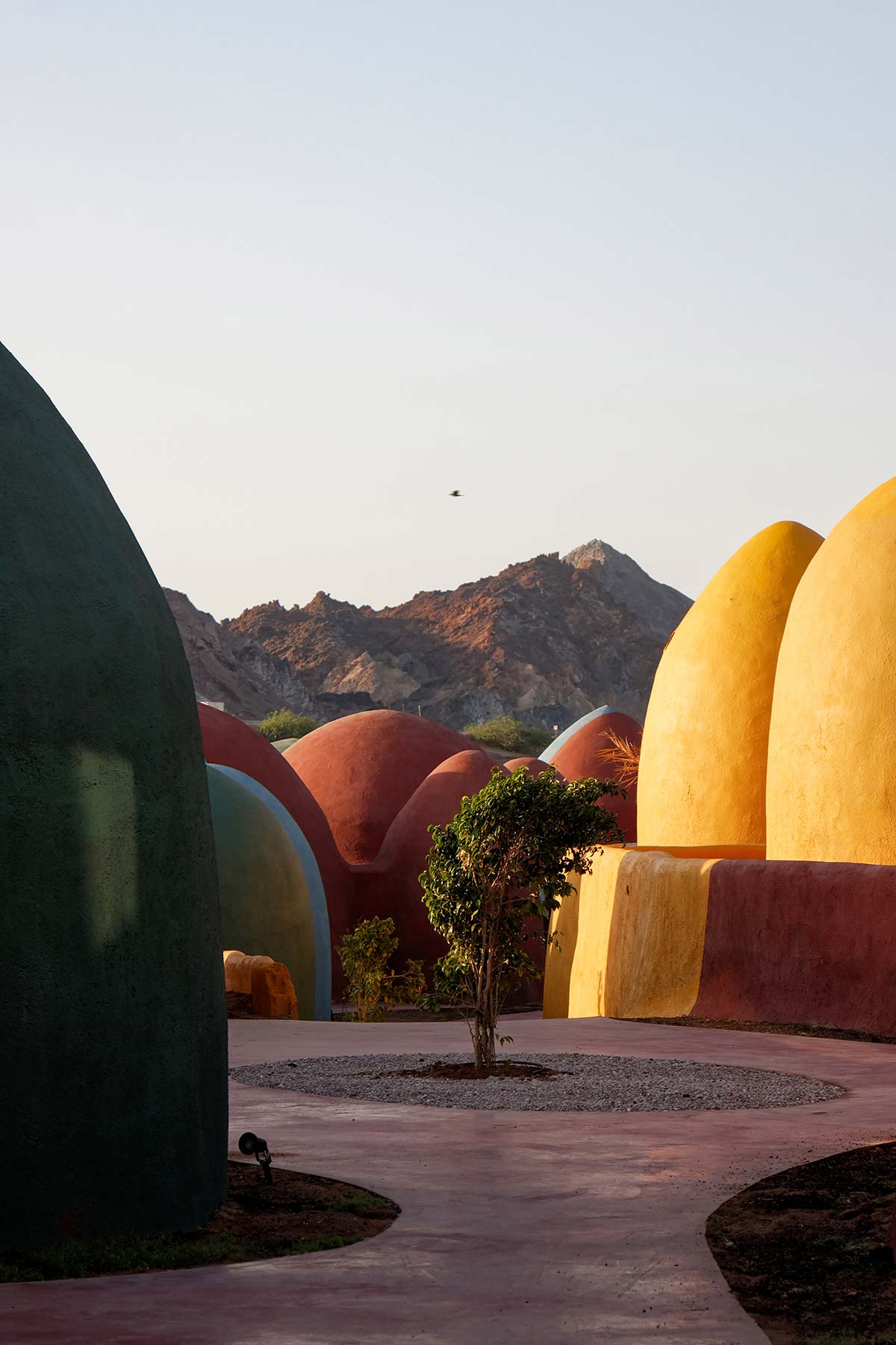
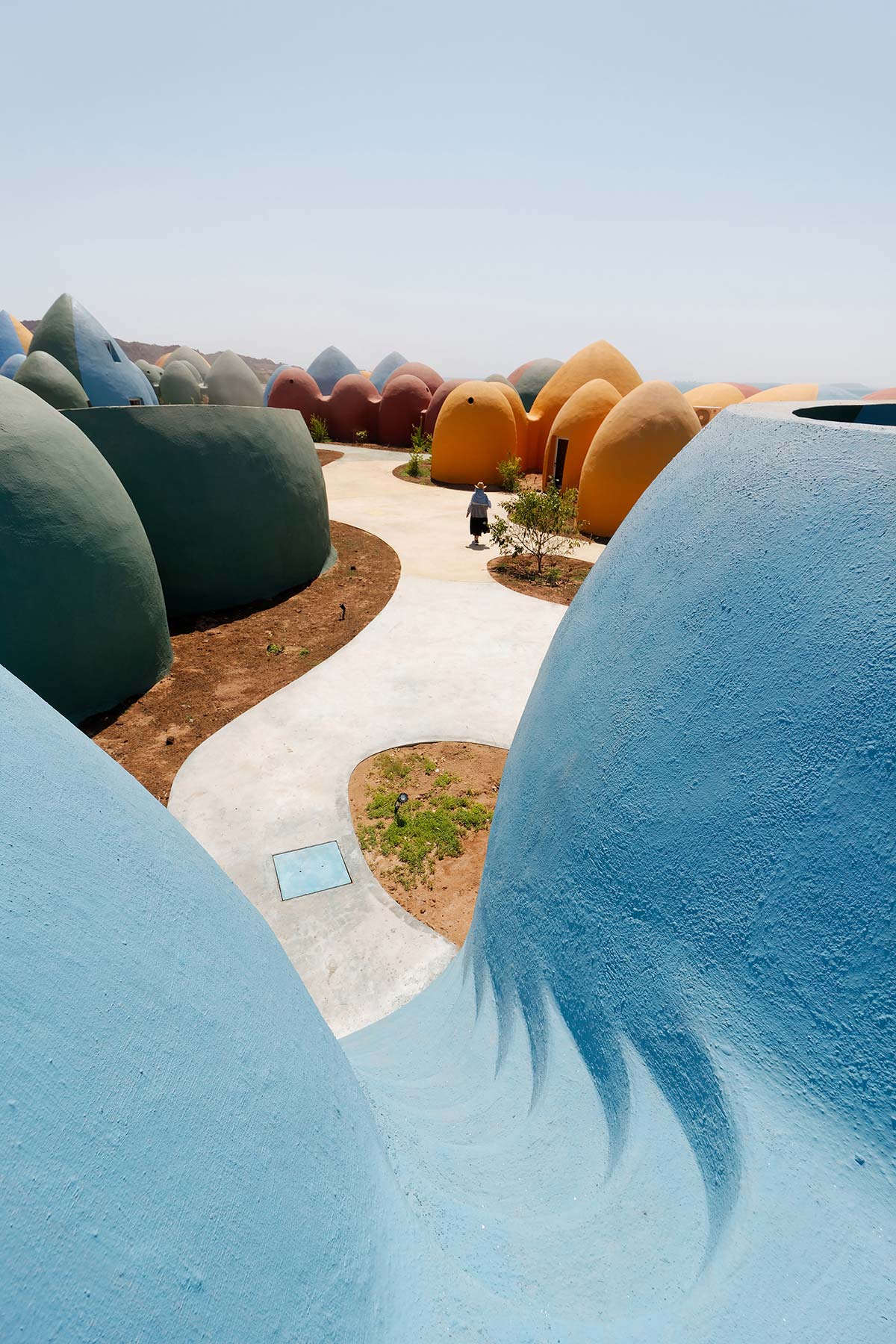
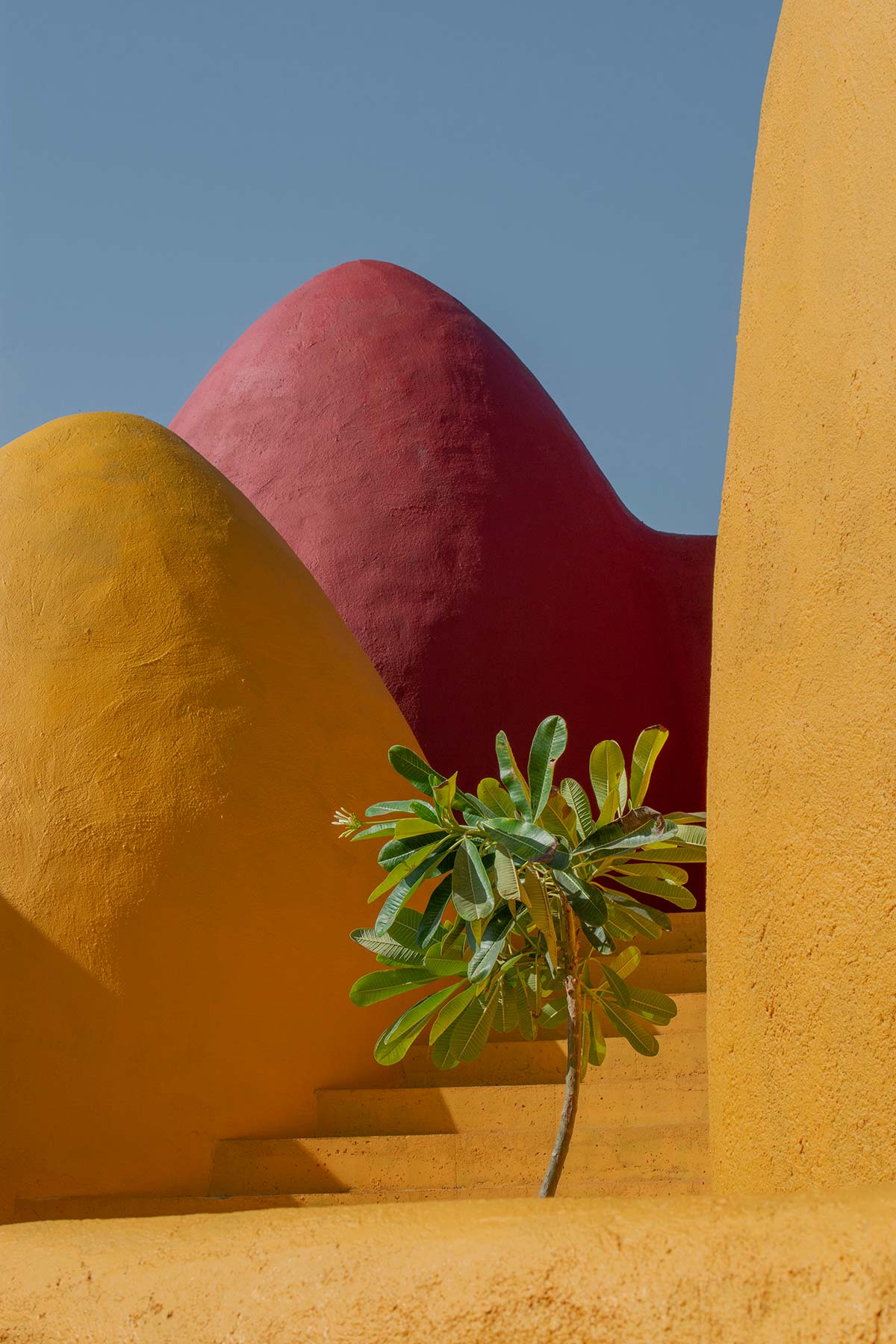
In one of a series of initiatives promoted by the community programme, the Iranian architectural studio ZAV Architects has created a multi-functional cultural residence called Majara Residence, conceived as complex of colourful “superadobe” domes that punctuate the sandy landscape in a structured collection of peaks and bulbs. The bright tones and soft lines of shapes that seem to bubble up from the dry soil create a landmark for those arriving by sea, while also providing a social centre for the islanders.

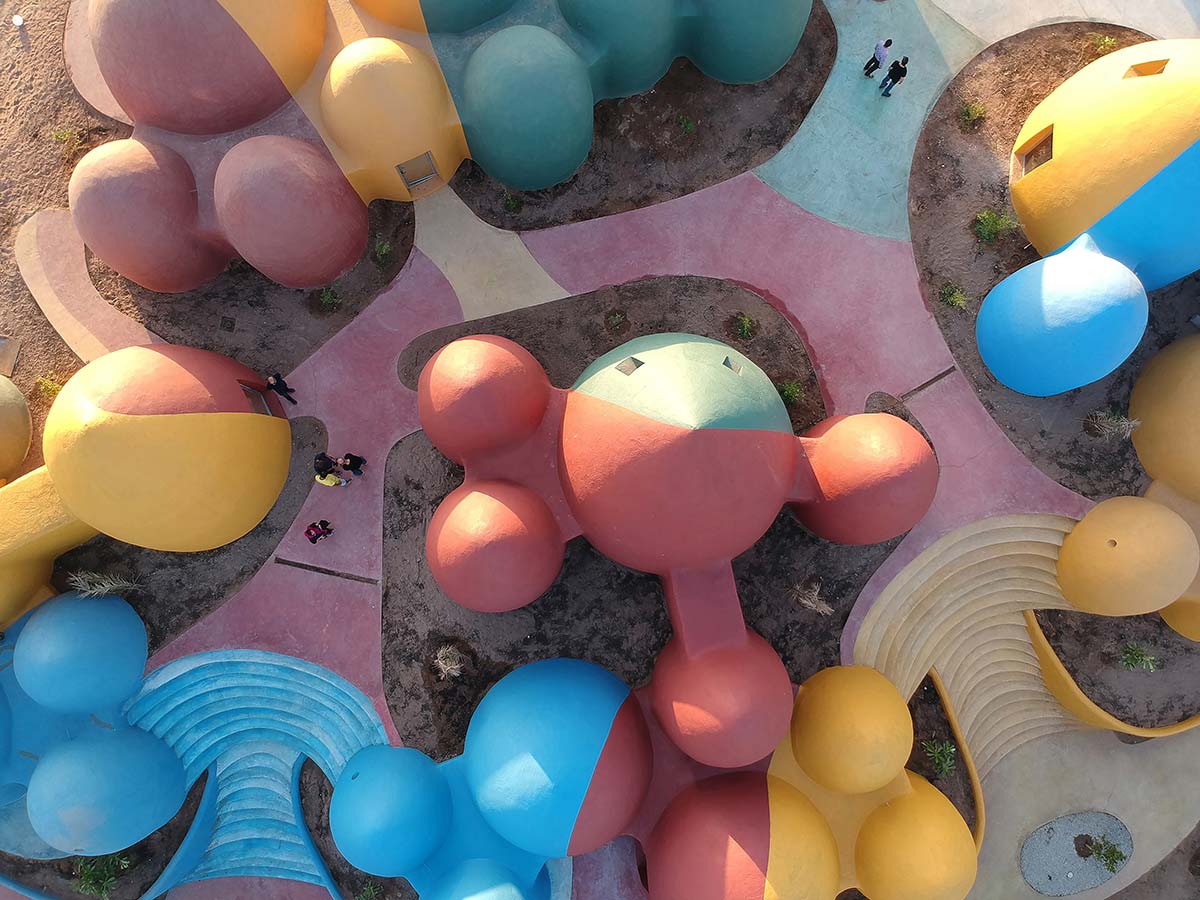
As well as being highly functional, the project aims to be a showcase for change and social regeneration for the local communities, a process that involves building a relationship trust among the islanders, tourists and institutions through a social, collaborative and proactive architecture. The initiative’s small scale has helped make the buildings compatible with the skills offered by local artisans and indigenous workers, who have been actively involved in building the village.
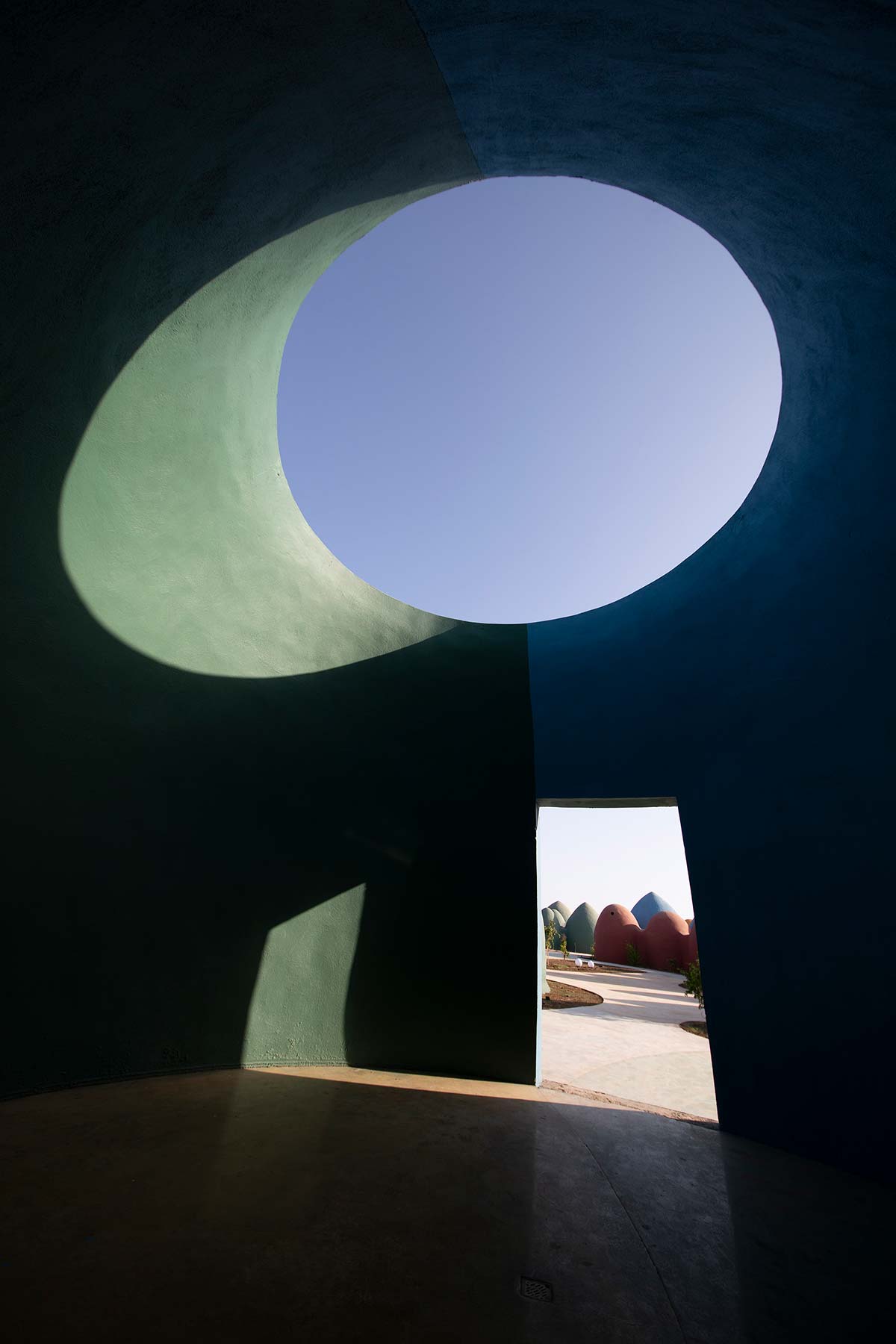
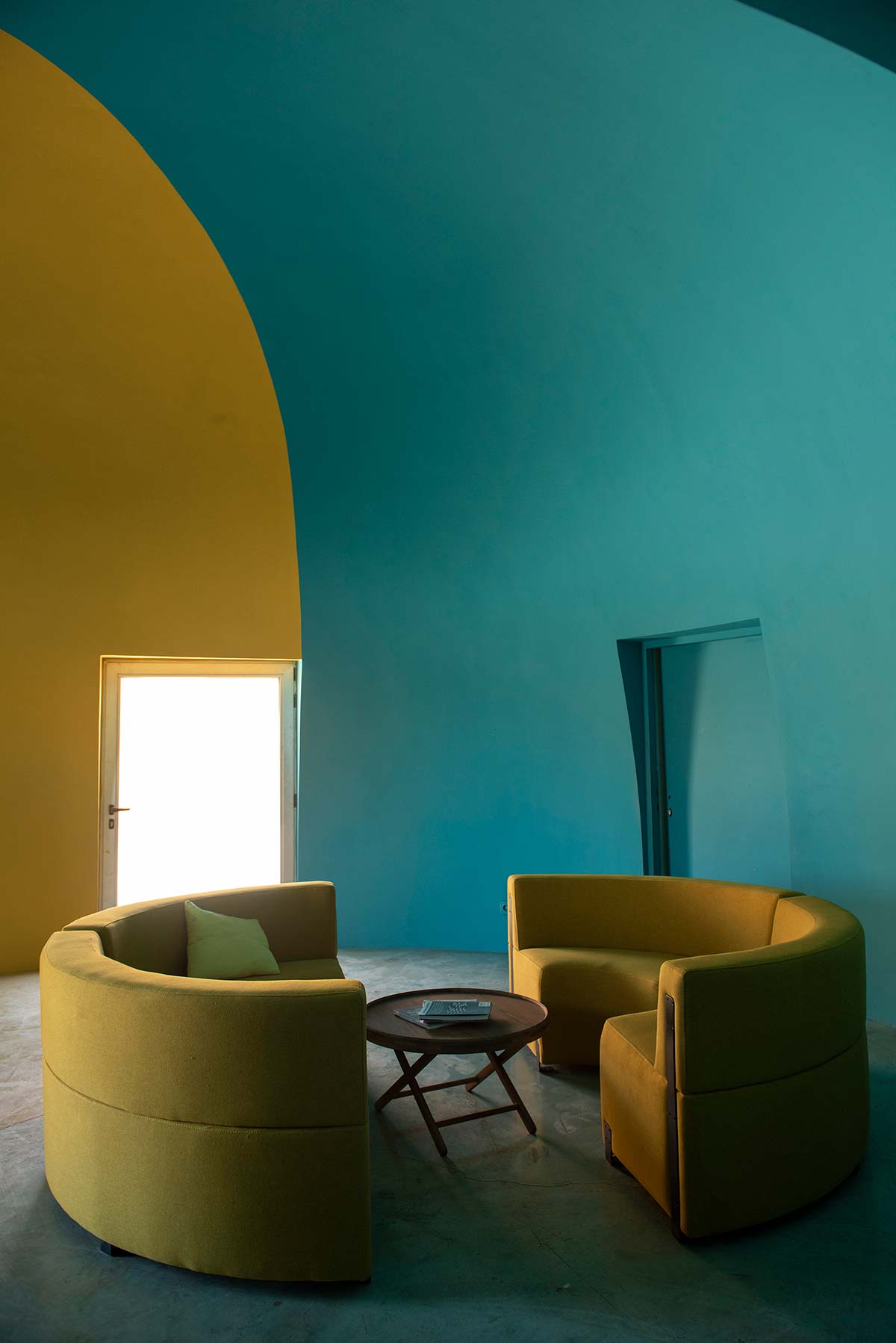

Drawing inspiration from the island’s colourful natural environment, made up of an infinite number grains of soil that accumulate to form a rainbow topography, the domes of the Majara Residence are constructed using the superadobe technique, a contemporary alternative to the compacted earth method. Superadobe is the brainchild of Iranian architect Nader Khalili. The domes intersect, blending functions. Some provide accommodation for the residents with common areas, some for dining, laundry and prayer and others for tourism with restaurants and rooms.

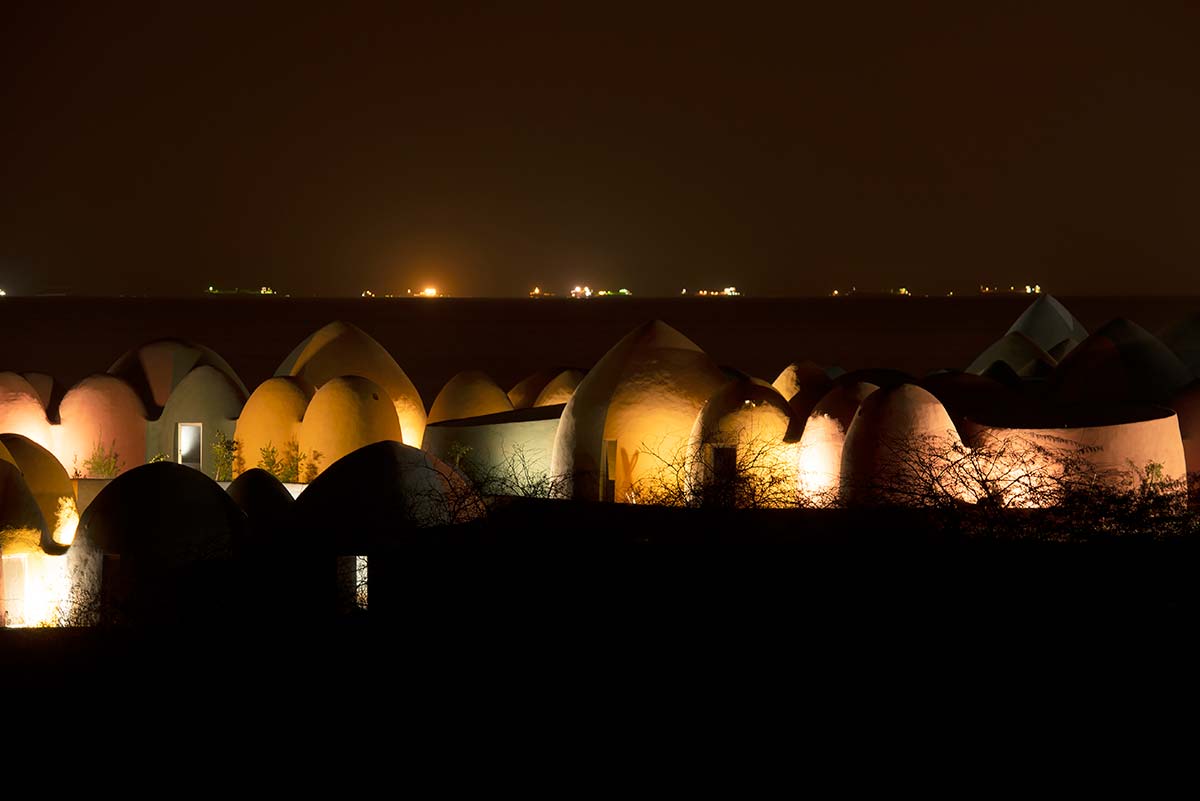
The colours of the uninterrupted outside surfaces extend to the flooring and exterior piazzas for socialising and to create links between the various private and public spaces. The interiors are equally vivid – here, the single colour motif is used to differentiate the various interiors individually, and the succession of colours becomes an alternative to structural divisions. The clean, essential furnishings reflect this colour palette, the minimalist decor complemented by the plays of light and shade created by the skilfully-located openings that pierce the walls at various heights.

